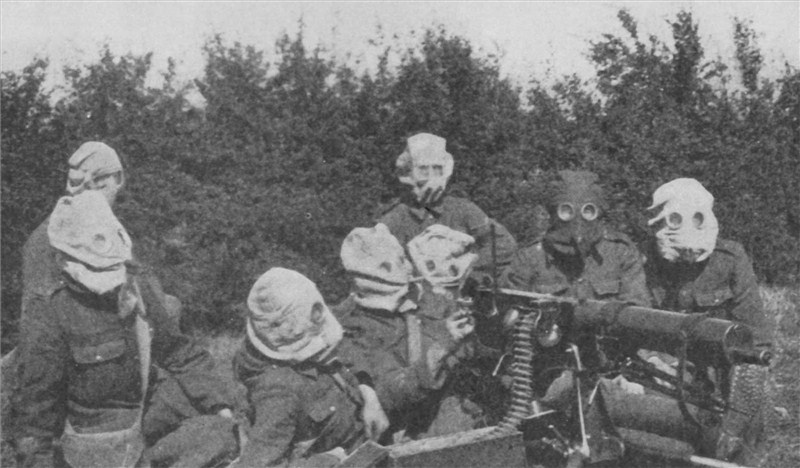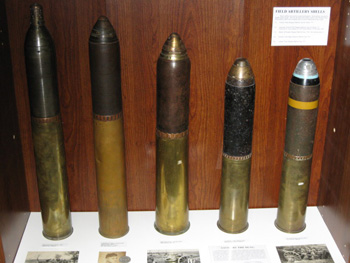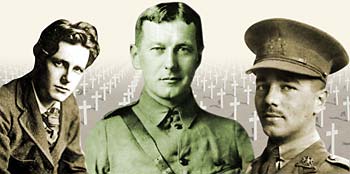Ebola virus continues to wreak havoc in West Africa, as you can see on the left, late summer into September saw the virus enter an exponential phase with respect to the death toll. You may recall the statistics of HIV in the 1980s-90s, or even earlier the number of deaths caused by Polio before vaccination was introduced. All of these examples have one thing in common: we wait until we are in the fiercest phase of infection before we start producing a cure, whether it is a vaccine, a drug or in the case of microbes, an antibiotic. However, in order to develop something effective, we need to know more about the virus, and this is where we not only learn how to eradicate it, but we have also come to value the insight that studying mechanisms of disease. I am going to discuss the knowledge we have gained from virology, that will ultimately help us in the war against cancer and infectious diseases, but has also informed our fundamental understanding of the molecular basis of life.
 I shall begin with the concepts underpinning mutation rates and evolution that emerged from the work of Luria and Delbruck on bacteriophage. Then I shall consider how viruses utilise different strategies to infect and replicate. The realisation that many of the viruses that pose the greatest threat to life are based on RNA and not DNA, was critical in identifying the genes that when mutated can cause cancer. On the other hand, the fact that armed with just a handful of genes, a prolific ability to replicate them, together with an intrinsically high level of mutation, are all at the heart of the deadly nature of HIV and Ebola. Along the way, I shall also bring out the advances in our knowledge of the molecular basis of life that have emerged from studying viruses.
I shall begin with the concepts underpinning mutation rates and evolution that emerged from the work of Luria and Delbruck on bacteriophage. Then I shall consider how viruses utilise different strategies to infect and replicate. The realisation that many of the viruses that pose the greatest threat to life are based on RNA and not DNA, was critical in identifying the genes that when mutated can cause cancer. On the other hand, the fact that armed with just a handful of genes, a prolific ability to replicate them, together with an intrinsically high level of mutation, are all at the heart of the deadly nature of HIV and Ebola. Along the way, I shall also bring out the advances in our knowledge of the molecular basis of life that have emerged from studying viruses.
Note added, the talk is accessible as a Google slide show (LHS) and the information on phage therapy can be found for starters at this wiki site. Thanks for the challenging and enjoyable discussion!
 I shall begin with the concepts underpinning mutation rates and evolution that emerged from the work of Luria and Delbruck on bacteriophage. Then I shall consider how viruses utilise different strategies to infect and replicate. The realisation that many of the viruses that pose the greatest threat to life are based on RNA and not DNA, was critical in identifying the genes that when mutated can cause cancer. On the other hand, the fact that armed with just a handful of genes, a prolific ability to replicate them, together with an intrinsically high level of mutation, are all at the heart of the deadly nature of HIV and Ebola. Along the way, I shall also bring out the advances in our knowledge of the molecular basis of life that have emerged from studying viruses.
I shall begin with the concepts underpinning mutation rates and evolution that emerged from the work of Luria and Delbruck on bacteriophage. Then I shall consider how viruses utilise different strategies to infect and replicate. The realisation that many of the viruses that pose the greatest threat to life are based on RNA and not DNA, was critical in identifying the genes that when mutated can cause cancer. On the other hand, the fact that armed with just a handful of genes, a prolific ability to replicate them, together with an intrinsically high level of mutation, are all at the heart of the deadly nature of HIV and Ebola. Along the way, I shall also bring out the advances in our knowledge of the molecular basis of life that have emerged from studying viruses.Note added, the talk is accessible as a Google slide show (LHS) and the information on phage therapy can be found for starters at this wiki site. Thanks for the challenging and enjoyable discussion!







